
Kaspa is rapidly emerging as a pioneer in the quest for Bitcoin scalability, standing out with its unique approach to data availability and throughput. As of September 2025, Kaspa (KAS) is trading at $0.0838, reflecting the market’s recognition of its technical advancements and innovative architecture. While many blockchains chase higher transaction speeds with Layer 2 (L2) rollups or sidechains, Kaspa dares to scale natively at Layer 1 (L1), sidestepping the trade-offs and complexities that often come with L2 solutions.
BlockDAG: Breaking Free from Linear Chains
Traditional blockchains like Bitcoin operate on a linear chain structure, where each new block must follow the previous one in a strict sequence. This design, while robust for security, creates bottlenecks when transaction volume surges. Kaspa disrupts this paradigm by deploying a blockDAG (Directed Acyclic Graph) structure powered by the GHOSTDAG protocol. Instead of discarding blocks that arrive simultaneously or slightly out of order (so-called “orphans”), Kaspa’s protocol accepts all valid blocks and organizes them within a web-like DAG.
This innovation allows multiple blocks to be generated and confirmed per second, dramatically increasing throughput without compromising on decentralization or security. The result? Lightning-fast confirmations and a network that can keep pace with global demand – all while maintaining the core ethos of proof-of-work security.
Native Data Availability: No L2 Wrapping Required
A common pain point for high-throughput blockchains is how to handle data availability without overwhelming full nodes or fragmenting security between layers. Many projects opt for L2 solutions like rollups, which batch transactions off-chain before settling back to L1. While effective for some use cases, these approaches can introduce new trust assumptions, potential censorship vectors, and composability challenges.
Kaspa takes a different route: it delivers native data availability, anchoring all activity directly to the L1 chain without relying on external wrappers or bridges. By carefully designing its protocol to avoid state bloat – not storing every piece of execution data on-chain – Kaspa ensures that node storage requirements remain manageable even as throughput increases (source). This means full nodes can continue to verify the entire ledger efficiently, preserving decentralization and auditability as the network scales.
The GHOSTDAG Protocol: Parallelism Without Sacrificing Security
The heart of Kaspa’s approach is its implementation of GHOSTDAG, an evolution of earlier protocols proposed for Bitcoin scaling. GHOSTDAG enables parallel block processing by allowing multiple blocks to coexist and be ordered within the DAG structure rather than forcing them into a single-file queue (Forbes coverage). This architecture supports high transaction throughput while maintaining consensus integrity – no shortcuts or dangerous centralization vectors required.
The protocol’s ability to handle high orphan rates at faster block intervals is especially relevant in today’s hyperactive markets, where latency-sensitive applications demand sub-second confirmations. By keeping all execution anchored at L1, Kaspa avoids the fragmentation risks associated with off-chain sequencing or third-party DA committees.
Kaspa (KAS) Price Prediction 2026-2031
Projected price ranges for Kaspa (KAS), reflecting adoption trends, technology milestones, and market cycles.
| Year | Minimum Price | Average Price | Maximum Price | % Change (Avg YoY) | Key Market Scenario |
|---|---|---|---|---|---|
| 2026 | $0.075 | $0.110 | $0.170 | +31.2% | Post-halving accumulation, ongoing L1/L2 integration |
| 2027 | $0.095 | $0.145 | $0.230 | +31.8% | Bullish cycle, increased BlockDAG adoption |
| 2028 | $0.120 | $0.190 | $0.290 | +31.0% | Broader PoW resurgence, regulatory clarity |
| 2029 | $0.155 | $0.250 | $0.370 | +31.6% | ZK rollup maturity, cross-chain composability |
| 2030 | $0.200 | $0.325 | $0.480 | +30.0% | Mainstream use, partnerships, scaling success |
| 2031 | $0.260 | $0.415 | $0.620 | +27.7% | Potential new ATH, global infrastructure adoption |
Price Prediction Summary
Kaspa (KAS) is poised for steady growth through 2031, driven by its unique BlockDAG architecture, scalability solutions, and emerging zero-knowledge rollup support. While short-term volatility remains, the long-term outlook is optimistic, with the average price potentially increasing over 4x by 2031 compared to 2025. The wide min-max ranges reflect both bullish and bearish scenarios tied to broader market cycles and adoption rates.
Key Factors Affecting Kaspa Price
- BlockDAG and GHOSTDAG technology adoption accelerating transaction throughput and scalability.
- Successful implementation of ZK rollups and L1-to-L2 bridges, maintaining composability and security.
- Market cycles, particularly Bitcoin halvings and overall crypto sentiment.
- Competition from other scalable Layer 1 and Layer 2 solutions.
- Regulatory developments affecting proof-of-work blockchains and exchange access.
- Kaspa’s ability to attract developer ecosystem and real-world use cases.
- Broader acceptance of native data availability approaches versus L2 reliance.
- Potential for increased institutional interest as scalability and security concerns are addressed.
Disclaimer: Cryptocurrency price predictions are speculative and based on current market analysis.
Actual prices may vary significantly due to market volatility, regulatory changes, and other factors.
Always do your own research before making investment decisions.
Market Buzz: Fair Launch and Growing Ecosystem
The surge in interest around Kaspa isn’t just technical – it’s also philosophical. With no ICO and a fair launch ethos, Kaspa has cultivated an engaged community eager for decentralized solutions that don’t compromise on core blockchain values (Kaspa developments). As KAS holds steady at $0.0838, analysts point to its blend of speed, scalability, and native data availability as key reasons why it stands apart from other Bitcoin L2 alternatives.
Kaspa’s modular design is not only a feat of engineering, but also a statement against the rising complexity seen in multi-layered blockchain stacks. By keeping all critical functions, sequencing, data availability, and settlement, at Layer 1, Kaspa sidesteps the risks of fragmented liquidity and cross-chain exploits that have plagued some L2-first ecosystems. This focus on simplicity and transparency makes it easier for developers and researchers to audit the protocol’s behavior, while also ensuring users benefit from the full security guarantees of proof-of-work at every layer.
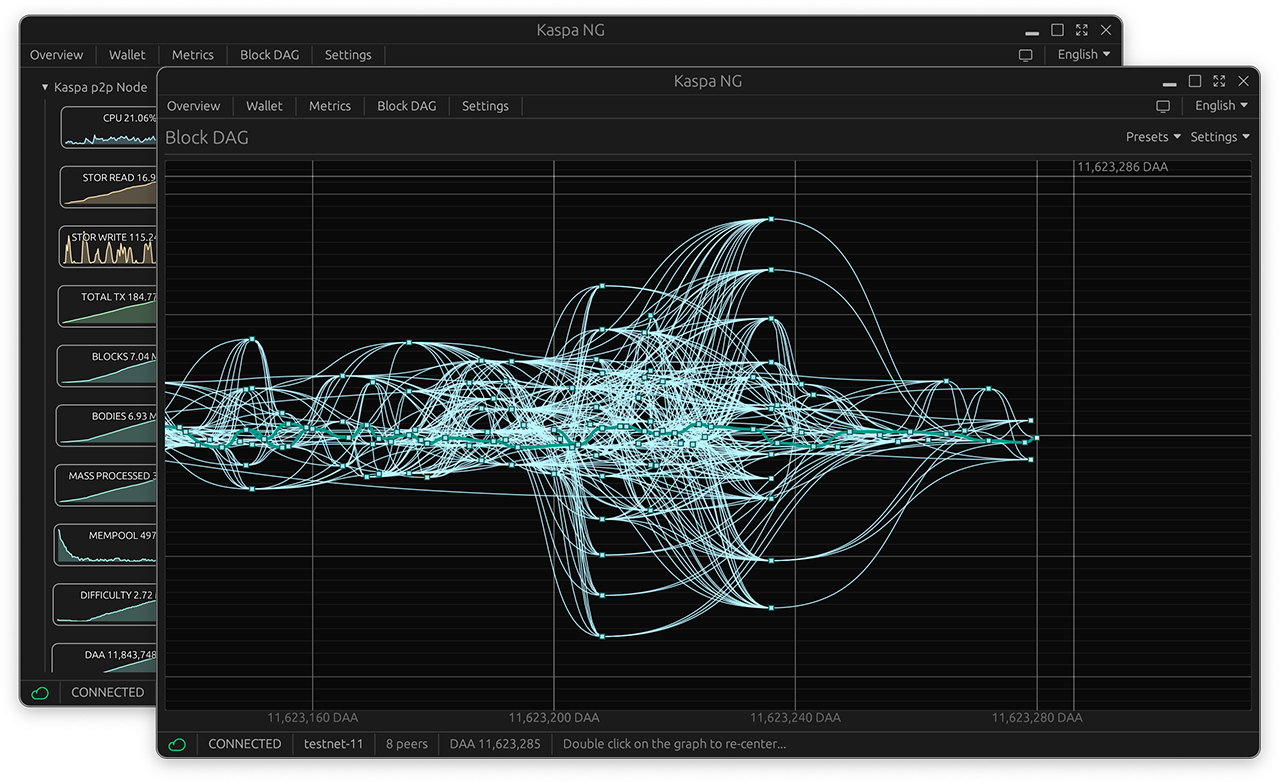
One of the most compelling aspects is how Kaspa manages to avoid state bloat. Instead of storing every byte of execution data indefinitely on-chain, a major concern for node operators, Kaspa’s protocol cleverly prunes unnecessary data while retaining enough information for full verification. This keeps hardware requirements reasonable as transaction volumes grow, supporting a healthy network of independent validators rather than centralizing around a handful of supernodes.
Zero-Knowledge Rollups: Composability Without Compromise
Looking ahead, Kaspa is preparing to integrate zero-knowledge (ZK) rollup support that leverages its robust L1 data availability. Unlike typical rollup solutions that rely on external DA layers or sequencers, Kaspa’s ZK layer will be anchored directly to its native chain through an L1-to-L2 bridge (see roadmap). This means rollups can scale throughput even further while maintaining atomic composability with the base layer, a crucial feature for DeFi protocols and high-frequency traders seeking instant finality without sacrificing decentralization.
What does this mean for Bitcoin scalability? Kaspa demonstrates that it’s possible to achieve order-of-magnitude gains in throughput and latency without abandoning proof-of-work or introducing fragile trust assumptions. Its approach offers a blueprint for next-generation blockchains aiming to serve billions without losing sight of core principles.
Key Benefits of Kaspa’s Native Data Availability
-
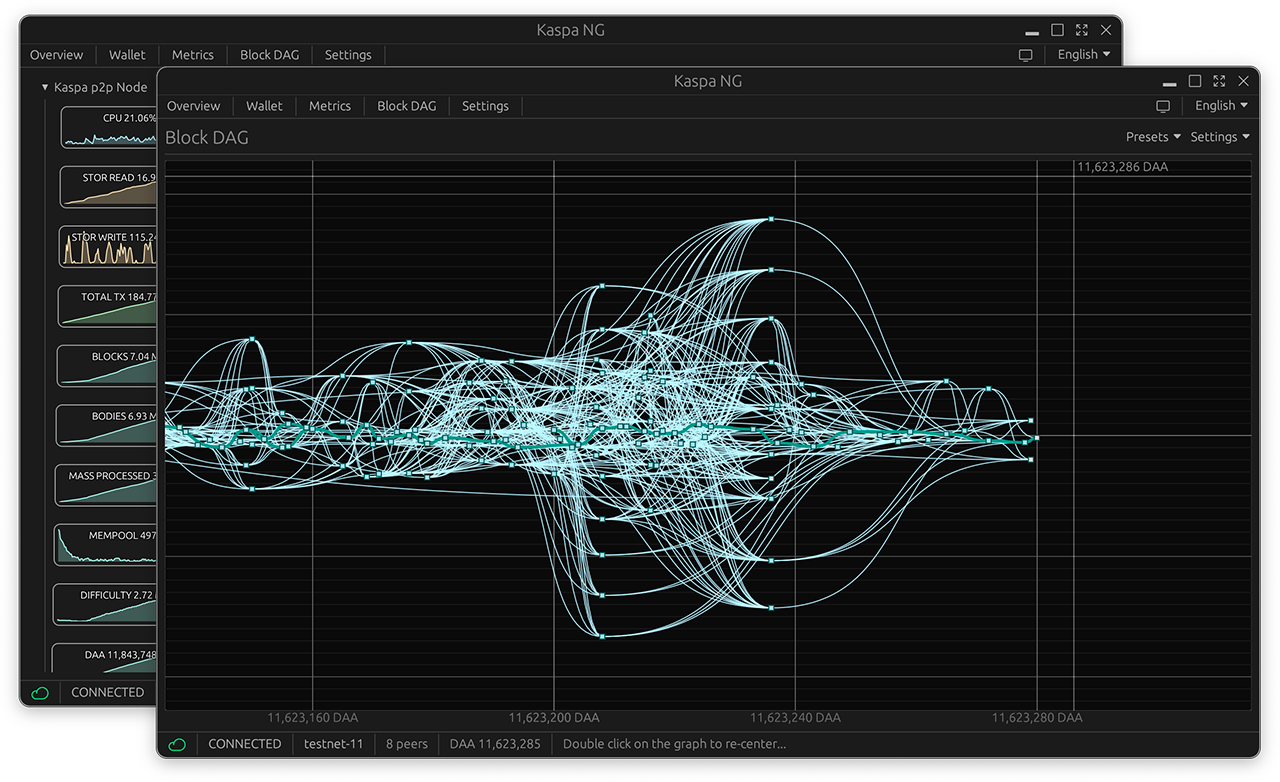
Enhanced Scalability with BlockDAG: Kaspa’s BlockDAG architecture and GHOSTDAG protocol enable parallel block processing, allowing the network to confirm multiple blocks per second—a significant leap over traditional blockchains’ linear approach.
-
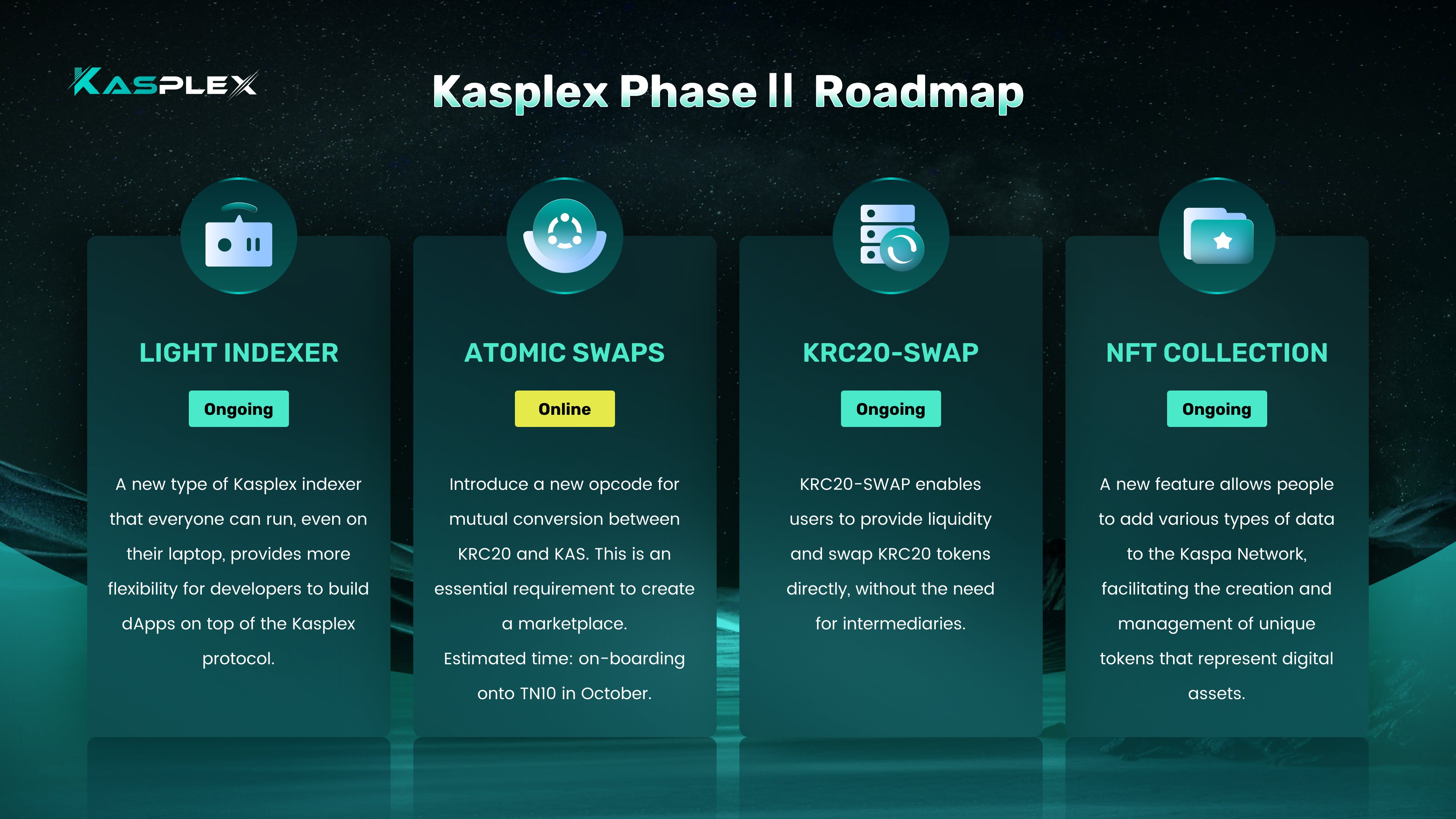
No Reliance on L2 Wrapping: By providing native data availability at Layer 1, Kaspa avoids the complexity and security trade-offs of L2-wrapped solutions like rollups or sidechains, ensuring all activity is anchored directly to L1.
-
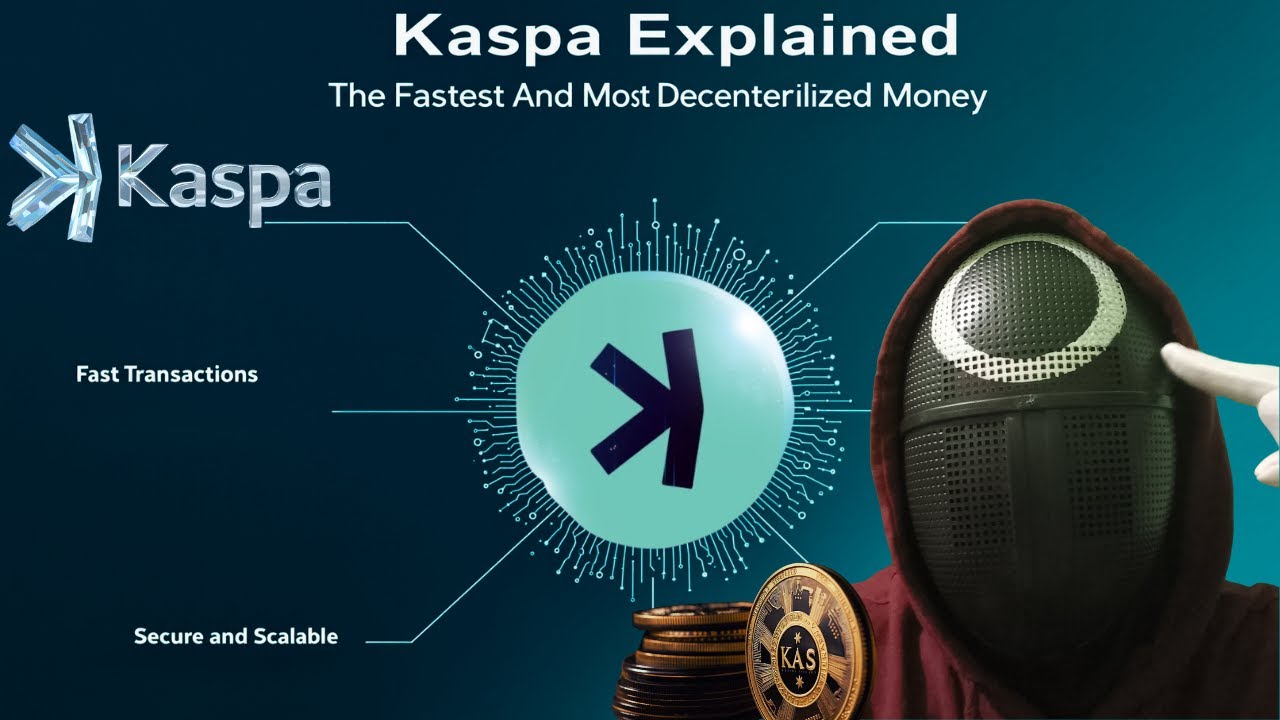
Maintained Security and Decentralization: Kaspa’s approach preserves network integrity and decentralization, as all data remains on the primary chain, avoiding the fragmentation and additional trust assumptions common in L2 architectures.
-
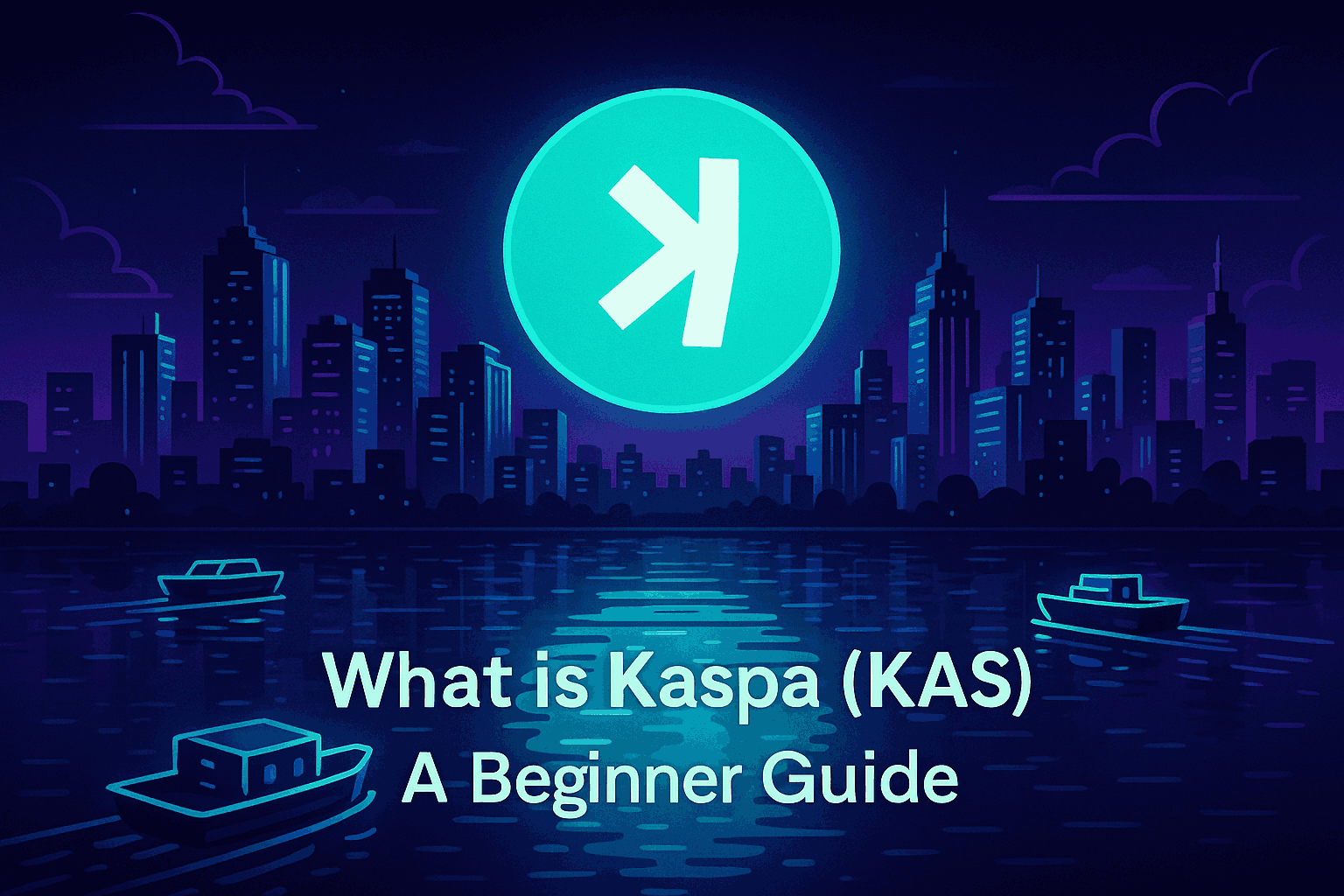
Efficient Storage and State Management: The protocol avoids state bloat by not storing all execution data on-chain, keeping storage requirements manageable for full nodes and ensuring long-term sustainability.
-
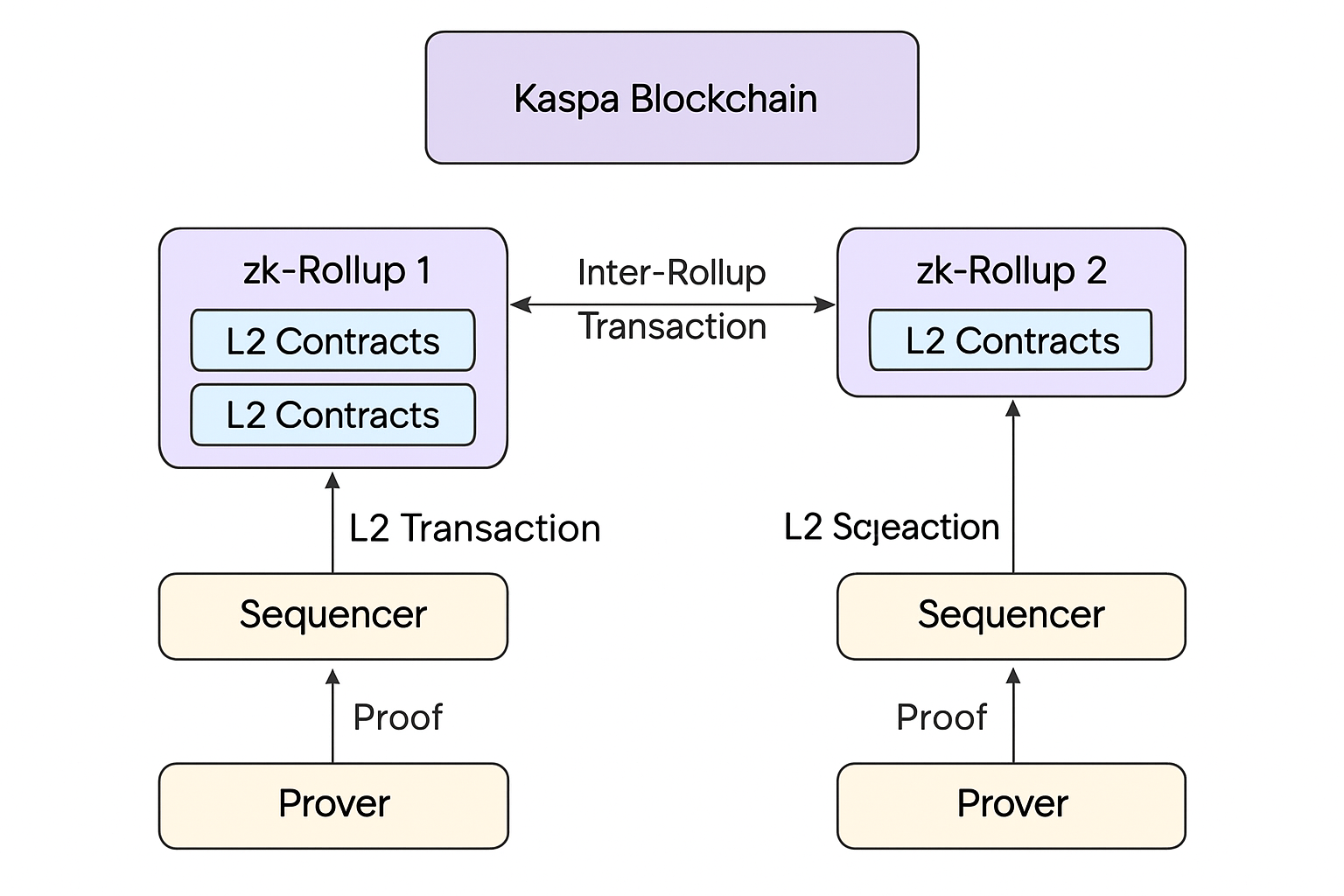
Atomic Composability Across Layers: With its upcoming ZK rollup support and L1-to-L2 bridge, Kaspa enables atomic composability between rollups, allowing seamless interactions without sacrificing finality or decentralization.
-

Consistent Transaction Finality: Kaspa’s design ensures fast and reliable transaction confirmations, reducing wait times and uncertainty compared to systems that depend on L2 settlement delays.
The market has taken notice: at $0.0838, KAS continues its steady climb amid growing developer adoption and ecosystem activity. The fair launch model has fostered organic growth, with new projects exploring everything from lightweight rollups (see Kasplex L2) to experimental DA services built natively atop BlockDAG. As more teams join the network, we’re likely to see an explosion in composable dApps that take full advantage of Kaspa’s parallel processing engine.
The Road Ahead: Modular DA Layers Evolve
Kaspa’s journey is far from over. With ongoing research into ZK proofs, adaptive block intervals, and decentralized governance models, it continues to push the boundaries for what high-throughput proof-of-work chains can achieve (protocol research). For those tracking the evolution of modular DA layers, and searching for credible Bitcoin L2 alternatives, Kaspa is setting new standards in both performance and philosophy.
If you’re building dApps or researching blockchain scalability, keep an eye on how Kaspa redefines what “base layer” can mean in a world hungry for speed, security, and real utility, all at once.




